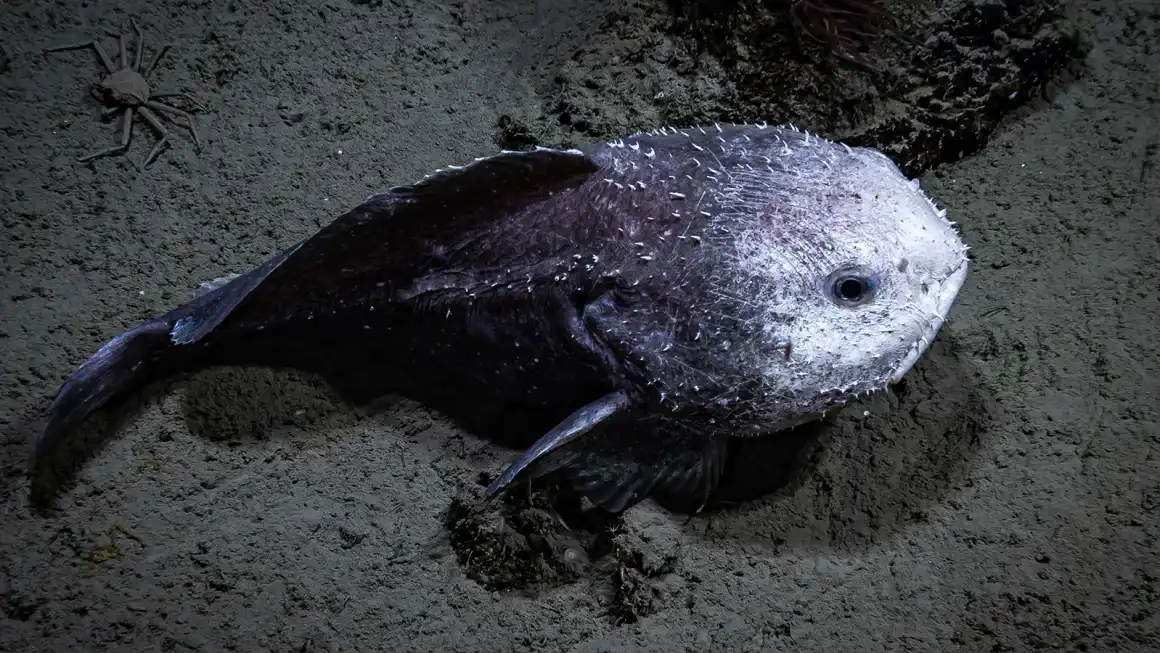Voyager 1, the most distant spacecraft ever launched from Earth, has narrowly escaped a mission-ending threat thanks to a daring technical fix by NASA engineers. This article details the spacecraft’s critical thruster problem, how engineers brought its original roll thrusters back to life after 20 years, and what this breakthrough means for the future of deep space exploration.
Critical Problem: Thruster Failure at the Edge of the Solar System
Voyager 1, launched in 1977, depends on multiple sets of thrusters to keep its antenna pointed at Earth. This orientation is crucial for sending data and receiving commands from over 15 billion miles away. The spacecraft’s roll thrusters—used to maintain its direction relative to a guide star—are particularly vital. After the original roll thrusters lost heater power in 2004, Voyager 1 relied on backup units to stay oriented in interstellar space.
As years passed, these backup thrusters started to show signs of trouble. Residue from decades of tiny propellant burns threatened to clog the system. With the main communications antenna in Australia scheduled for a long upgrade, the risk was clear: if the backup thrusters failed while engineers were unable to contact the probe, Voyager 1 could drift off course—effectively ending its mission.
How NASA’s Team Brought “Dead” Thrusters Back to Life
With time running out, the engineering team at NASA’s Jet Propulsion Laboratory re-examined the issue. They suspected a circuit malfunction had flipped a power switch, cutting off heater power to the original roll thrusters. If this was the case, restoring the switch could revive the system and restore function to thrusters that had been inactive for two decades.
A High-Stakes Solution
The plan was risky. The heaters would only operate if the thrusters were first switched on, but firing the thrusters without heat could lead to dangerous instability. Engineers decided to take the chance and commanded Voyager 1 to activate its primary roll thrusters. With the clock ticking before the planned communications blackout, the test was their last, best hope.
“It was such a glorious moment. Team morale was very high that day… These thrusters were considered dead. And that was a legitimate conclusion. It’s just that one of our engineers had this insight that maybe there was this other possible cause and it was fixable. It was yet another miracle save for Voyager.”
Success Against the Odds—and What Comes Next
On March 20, after a 23-hour wait for signals to return from the probe, the team saw a spike in heater temperatures. The “dead” thrusters had come back to life, providing Voyager 1 with renewed capability to hold its orientation and continue its journey through interstellar space. The timing was perfect: NASA’s Deep Space Network antenna in Canberra, essential for sending commands to Voyager 1, would soon be offline for upgrades until early 2026.
Legacy of Voyager 1’s Latest Rescue
This last-minute engineering triumph has given Voyager 1 a new lease on life, potentially extending the mission’s scientific returns for years to come. The spacecraft continues to deliver data from beyond the heliosphere, contributing to our understanding of the solar system’s boundary and the wider galaxy. For the Voyager team, the success is a reminder that ingenuity and teamwork can achieve remarkable feats—even on the farthest edge of human exploration.





